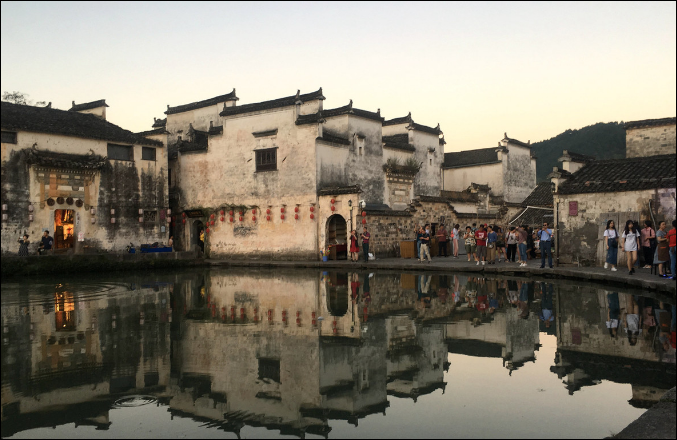
A view of Hongcun village, a UNESCO Cultural Heritage Site in Huangshan city of East China's Anhui province. (Photo: IC)
Another 762 places will be added to the list of major national-level protected historical and cultural sites, it was decided on Thursday at a State Council executive meeting chaired by Premier Li Keqiang.
Attendees at the meeting approved the decision to identify the new sites as major historical and cultural sites protected at the national level. They are made up of historical and cultural sites-including ancient heritage and architectural sites, major historical sites and those featuring more contemporary architecture.
This application round began in July 2018. The symbolic and national significance of cultural relics was underlined during the selection process.
"For a country with a time-honored civilization, like China, it is important to strengthen the protection of cultural relics as a way of reinforcing historical memory. The key is to ensure that the basic principles of protecting cultural heritage are fully implemented," Li said.
Preserving the value and quality of cultural relics is key, while the originality and completeness of the relics should be maintained, it was urged at the meeting. The necessity to improve relevant laws and regulations, attract private sector participation, ensure effective protection, improve management and properly utilize valuable heritage sites that embody Chinese nation was also urged. Such efforts will help carry forward Chinese civilization and boost the nation's confidence and cohesion.
"Wooden structures, which feature prominently in China's cultural sites, must be protected and should employ modern technologies whenever necessary," Li said at the meeting.
With the latest 762 sites added to the list, the number of major national-level protected historical and cultural sites in China will reach 5,058. Many of these sites are located in Shanxi, Henan, Hebei, Zhejiang and Shaanxi provinces.
"Protecting cultural relics is the responsibility of the whole society. The private sector needs to be mobilized in this process, and public awareness of cultural heritage protection needs to be enhanced," Li said.


